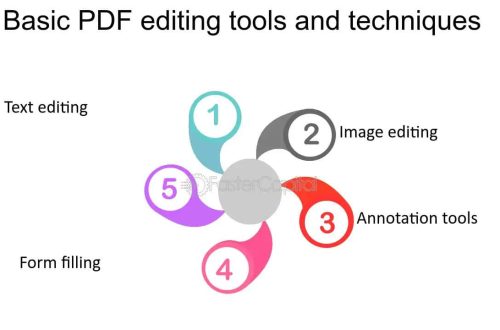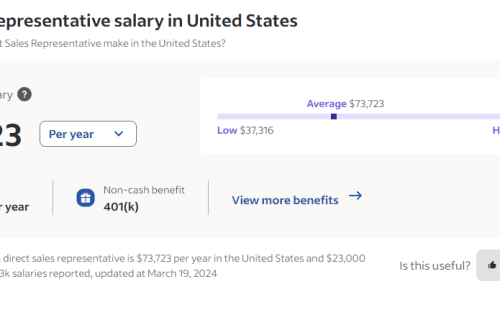Update: this post has been updated and compiled with other similar posts into ProBlogger’s 31 Days to Build a Better Blog Course – a 31-day guide into getting your blog going on the right foot.
Let’s look at another idea of what to do in your first week of blogging. Related to our previous post in this series which focused upon writing compelling content – is a task that I think can be a very useful habit to get into – developing an Editorial Calendar, or at the very least doing some planning on the future content that you’ll be producing for your blog.
Today I want to show you three techniques that I use in my process of future planning for posts.
1. Capturing Ideas
One of the most useful folders that I have on my computers desktop is one that I simply call ‘Ideas’.

Inside that folder are four other folders – one for each of my blogs and another for miscellaneous ideas.

Inside each of those folders are many many text files. Each text file is a different idea for a blog post.
- Some are completely empty and the name of the file is simply a short phrase which is an idea I could write about.
- Other text files are simply a list of 3-4 points that I could write about.
- Others are more developed ideas – they might contain an introduction or even a full draft of a post (although generally once they are at this stage I move them over to saving them as a draft in WordPress).
These text files generally begin their lives at random times during the day when I’m thinking about something else and an idea pops into my mind. The key is to capture them quickly, record them in a way that they can be found again and to develop them as much as I’m able to as the idea is fresh.
Sometimes, if I have the time and energy for it, I’ll work on the ideas for a while straight away but many times I simply get as much of the idea down into the file as I can and then save it for another time.
This means that at any point of time I have quite a few post ideas at different stages that I can tap into.
2. MindMapping
 I won’t write an extended post on this as I’ve covered it previously but one of the most powerful techniques that I’ve ever used for coming up with blog ideas to write about is mind mapping.
I won’t write an extended post on this as I’ve covered it previously but one of the most powerful techniques that I’ve ever used for coming up with blog ideas to write about is mind mapping.
You might choose a different method of brainstorming – but the key is to set aside specific times (I try to do it monthly) to simply come up with ideas to write about.
You can read more about how I do this in at Discover Hundreds of Post Ideas for Your Blog with Mind Mapping. Note: I used to use whiteboards for this process but now use a Mac tool called MindNode.
Generally once I’ve done the mind mapping exercise I’ll then convert the best of the ideas that I’ve generated into text files to save in the ideas folders mentioned above.
Note: Incidentally – I also use mind mapping when planning a new blog. It’s similar to the technique outlined above on coming up with post topics but I find it also helpful in planning out categories for a new blog.
3. Editorial Calendars
I’ve used a variety of approaches to creating editorial calendars over the years. I’ve adapted my approach over time to suit the different stages of my blogs. These days as I’m actively editing two decent sized blogs with up to 30 posts a week I find that I need to map out what posts I’ll be doing ahead of time.
In doing this you’re able to develop content that builds momentum (posts that build upon each other), take your readers on a more thoughtfully planned journey and give them a more balanced run of content.
I found previously that if I wasn’t planning ahead in this way that I’d end up with too much of one kind of content all in a row which didn’t really benefit readers as much.
The other good thing about this approach is that you know what writing you need to have done by certain times of the week – deadlines work well for me in motivating me to work.
My Editorial Calendar approach these days is pretty much based around spreadsheets. I’m on a mac and use its ‘Numbers’ program for this and simply have a spreadsheet which looks like a weekly calendar. Here’s last weeks:

You can see here that DPS has a 2 post per day schedule and that ProBlogger is on a 1 post per day schedule – but I like to throw in a few extras each week. This is obviously a completed week – I generally am playing around with it during the week and am finalising timings as the week progresses as I (and my writers) finish posts.
I also have editorial calendars on the go for future weeks at any given time – they’re less developed but I do add to them as I get closer to the beginning of each week.
At this point spreadsheets work best for me but previously I’ve taken different approaches including using a paper diary, using iCal and Google Calendar, using tools like Basecamp etc. It’s about finding a system that works for you and setting it up so that you do it naturally as part of your workflow.
Also check out Day 12 in the 31 Days to Build a Better Blog – it is all about Editorial Calendars.
Tasks for Your First Week
Perhaps an editorial calendar like the above one is a little advanced if you’re in the first week of your blog – however the concepts behind it can be good to explore. If I were starting a blog today I’d be taking the above three exercises and doing something like this:
- Set up an Idea Collection Process – whether it be using folders and text files as I’ve mentioned above, getting a notebook and pen or using a tool like Evernote on your iPhone – set up a system where you can collect ideas as you have them for future use.
- Set aside time to brainstorm topics – schedule time into your monthly (or weekly) workflow where you’re simply setting aside time to brainstorm possible topics to write about on your blog.
- Develop some kind of system to help you look ahead at the future posts on your blog – You might use a calendar of some kind or simply have a section of your notebook where you plan your next week or month of content.
Share Your Approach to Planning Future Content on Your Blog
I’ve shared 3 of the techniques I use to help me keep fresh content coming on my blogs – I’d love to hear from you on how you do it in comments below!




